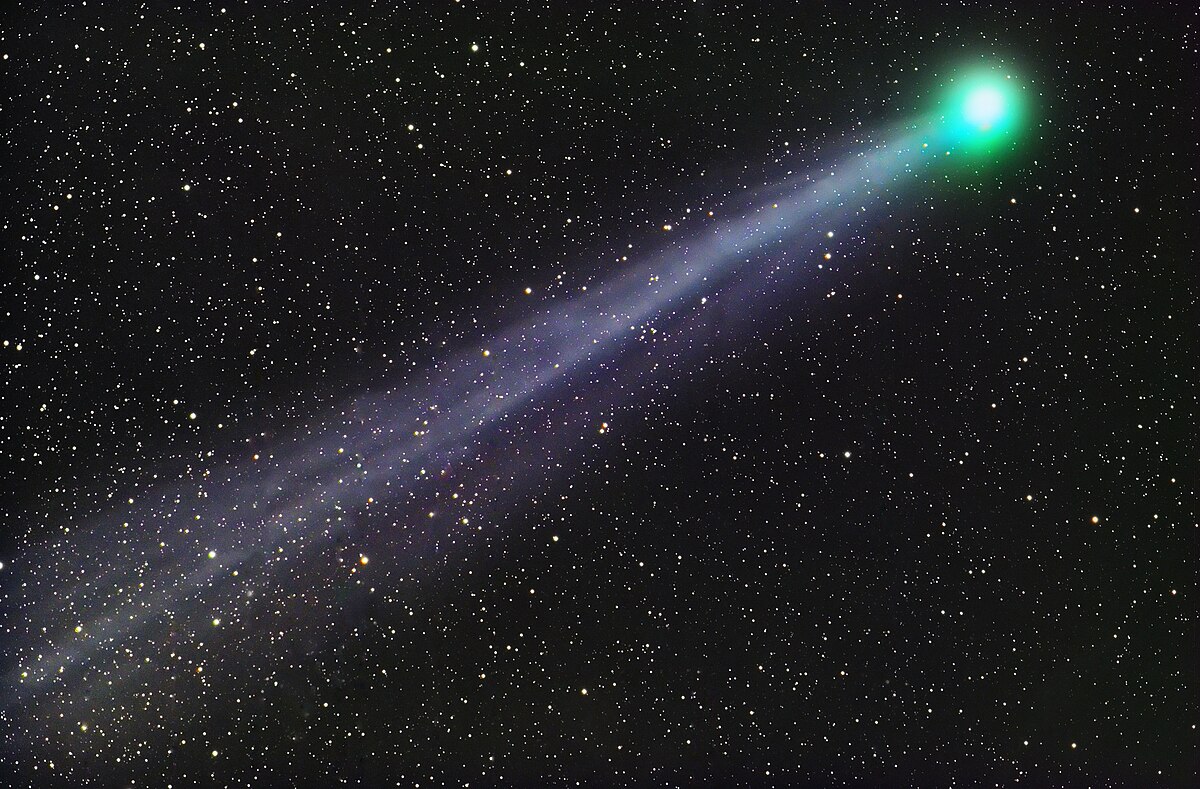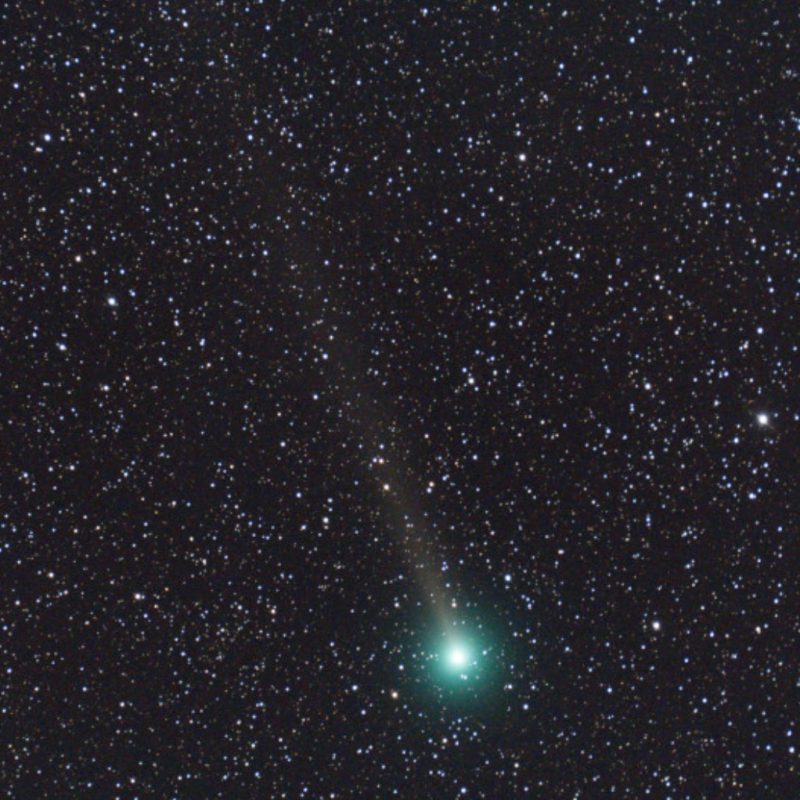
On February 1, 2022, a rare comet called C/2022 E3 (ZTF) will make its closest approach to Earth in 50,000 years. This Comet was last seen before modern human civilization came up and is expected to come within 26 million miles of Earth.
Astronomers Frank Masci and Bryce Bolin used the Zwicky Transient Facility (ZTF) at the Palomar Observatory in Southern California to discover the Comet for the first time passing Jupiter in March of last year. Its final journey through the inner solar system, which has an orbital period of about 50,000 years, took place in the Upper Paleolithic, often known as the Old Stone Age.
This will be the Comet's last time to "perform" for us as it travels in a parabolic orbit, meaning it will move back into deep space after its pass.
The Comet is expected to become readily visible without optical aid as it approaches closer to the sun than the Earth. It will then begin to move away from the sun and is expected to remain active and bright for several weeks after passing the sun.

Skywatchers can observe the Comet as it travels across the night sky. On January 12 at 11:00 p.m. EST, the Virtual Telescope Project will offer a free Livestream of the Comet (0400 GMT on January 13).
But this isn't the first when a rare comet was seen from Earth. Here are the others in the past several years:
One of the most well-known comets seen from Earth occurs every 76 years or so and is called Halley's Comet.
Comet West: a comet last visible from Earth in 1976, known for its bright, long tail.
Comet Lovejoy: a comet visible from Earth in 2011 and known for its bright green colour.

Comet McNaught: a comet which was visible from Earth in 2007, and it was known for its bright, yellow tail.
Comet Hyakutake: a comet which was visible from Earth in 1996, and it was known for its bright blue-green tail.
Comet Ikeya-Seki was a comet visible from Earth in 1965 and known for its bright yellow tail.
Comet Kohoutek: a comet visible from Earth in 1973; it was known for its bright blue-green tail.
Comet Arend-Roland: a comet visible from Earth in 1957; it was known for its bright tail.
Comet Swift-Tuttle: a comet which was visible from Earth in 1992, and it is known for its bright tail.
Comet Borrelly: a comet visible from Earth in 2001, it was known for its bright tail.
Comet P/Halley: a comet visible from Earth in 1910, it was known for its bright tail.
Comet P/Shoemaker-Levy 9: a comet visible from Earth in 1994, it was known for its bright tail.
Comet P/Encke: a comet visible from Earth in 2007; it was known for its bright tail.
Comet P/Tempel 2: a comet visible from Earth in 2011; it was known for its bright tail.
Comet P/Lemmon: a comet visible from Earth in 2013; it was known for its bright tail.

Comet P/Honda-Mrkos-Pajdusakova: a comet visible from Earth in 2010; it was known for its bright tail.
Comet P/Brorsen-Metcalf: a comet visible from Earth in 2007, it was known for its bright tail.
Comet P/Linear: a comet visible from Earth in 2000; it was known for its bright tail.
Comet P/NEAT: a comet which was visible from Earth
© Vygr Media Private Limited 2022. All Rights Reserved.








